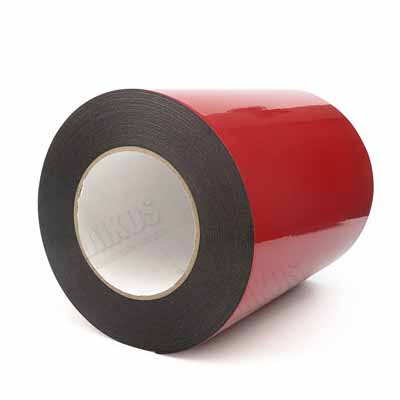With the increasing use of electronics in our daily lives, the challenge of managing the heat generated by these devices becomes more critical. Thermal management is crucial to ensure the reliability and longevity of electronic components. Thermal pads have emerged as a popular solution in recent years to resolve this issue. This article aims to provide you with a comprehensive understanding of what thermal pads are, how they work, and their main applications.
Thermal pads, also known as thermal interface materials, are soft and highly conformable materials that are placed between a heat source and a heat sink to facilitate heat transfer. They are made from a range of materials such as silicone, graphite, ceramic, and metal oxides. These materials have high thermal conductivity, low thermal resistance, excellent electrical insulation, and good stability.
Thermal pads work by filling in the microscopic gaps and irregularities between the contact surfaces of the heat source and the heat sink. This facilitates the transfer of heat from the heat source to the heat sink. The soft and compressible nature of thermal pads allows them to conform to the contact surfaces and maintain consistent pressure for optimal performance. They also prevent air gaps which would reduce heat transfer efficiency.
Thermal pads have numerous applications across various industries. They are commonly used in electronic devices such as laptops, desktops, gaming consoles, and smartphones to transfer heat from the central processing units, graphics processing units, and memory chipsets to the heat sink. This prevents overheating, which can cause performance degradation or even device failure. Thermal pads are also used extensively in automotive and aerospace industries to manage the heat generated by engines, brake systems, and avionics. They are also used in the LED lighting industry to transfer heat from the LED chips to the heat sink, which can improve the lifespan and efficiency of LED lighting.
There are several advantages of using thermal pads. Firstly, they are easy to use and do not require complex assembly procedures. Secondly, they do not require the use of adhesives, which eliminates the possibility of damage to components during removal. Thirdly, they are highly conformable and can fill in any irregularities or gaps in the contact surfaces. Fourthly, they provide consistent and reliable heat transfer for long periods. Lastly, they are cost-effective compared to other thermal interface materials.
Thermal pads have become a popular thermal management solution in various industries due to their ease of use, excellent performance, and cost-effectiveness. As the demand for high-performance electronics continues to increase, the use of thermal pads will continue to grow in popularity. Thus, it is important to stay informed of the latest developments in thermal pad technology to ensure optimal thermal management performance for your electronic devices.




